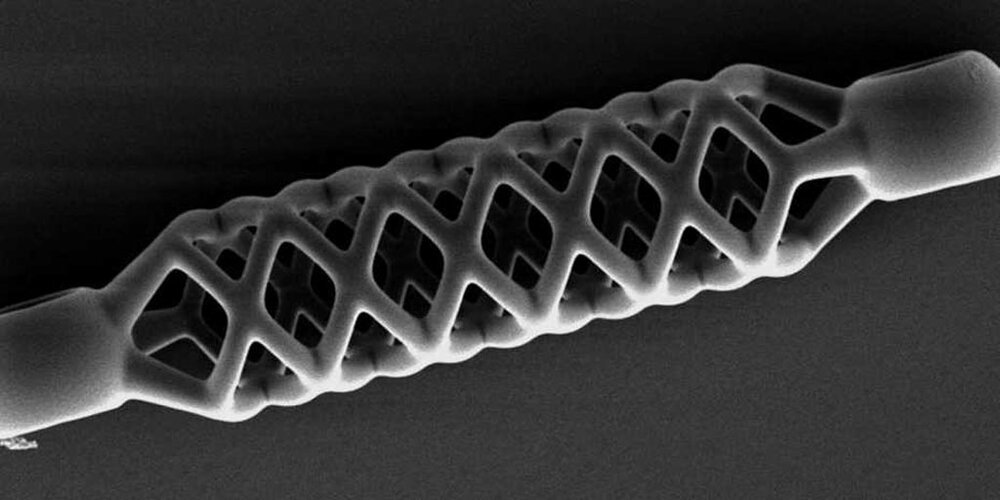
Image Credit: Hospimedica.com
In the Orthopaedic realm, there are various advances that are taking place to ensure that your recovery and health are kept at its optimum peak. In the past decade, one emerging trend that is being captured under the umbrella of Industry 4.0 is the advent of 3D printing and 4D printing. The two technologies are different, and this blog article will delve into the details of how they will benefit you in your health journey, should you ever require orthopaedic care involving joint replacement.
3-D Printing
3-D printing utilizes a sophisticated computer-aided design (CAD) digital model of an object to create its physical equivalent. An object is printed layer by layer until the object itself is formed. Described as an additive process, the 3-D printing process applies layering technologies in order to create the final shape. Operating much like an inkjet printer, targeted layers made of the desired material are generated.
3-D Printing in Orthopaedics
Within the orthopaedic realm, there are several items that are manufactured by 3-D printing technology. These can include joint implants, and even the surgical instruments that are utilized during procedures.
Some surgeons utilize the 3-D printing technologies prior to the surgical process, in order to visualize the procedure before they actually perform on the patients. If some fractures or deformities are difficult to process prior to the actual surgery, a model of the internal state of the sites will be helpful to the medical team. The models will act as great guides in the operating room.
Implants
The process of manufacturing implants has to undergo some regulatory hurdles, but in the process of the evolution of the field, surgical instruments are well on their way to be rapidly and readily available.
4-D Printing
3-D printing as a technology is currently evolving. Models manufactured by this technology are currently rigid, with limited possibilities of changing the shape and size of the object once it’s been manufactured. Since living beings are growing and evolving, during the manufacturing process, there is also the desire for parts to be developed which can grow and change shape with time. 4-D technology has the means to facilitate this desire.
Smart materials are currently developed that have the property to be flexible and to change shape and size with time. Since orthopaedic technologies will require parts such as artificial bones that can adapt and grow in individuals such as children. 4-D technology facilitates this requirement. The parts of the smart material have the ability to self-assemble and change shape with time. Influenced by parameters such as temperature/humidity/pressure the form will adapt to the internal environment of the patient.
In summary, since 3-D printing generates static output, 4-D technology is an upgrade that will be able to adapt to their environment. Doctors can now take advantage of the material properties of the smart material, in order to treat any ailments. During the development process, a model is created that changes shape and properties with temperature. Once printed, the object will then be able to adjust itself with time. The printing of Orthopaedic parts is now optimized, and more suited to the genetic match of the individual.
As technology advances, accurate replicas of patient parts that adapt to the body will be more and more possible. With advanced technologies, you can look forward to endless possibilities in terms of your health care.
References:
4D printing and its applications in Orthopaedics: https://www.ncbi.nlm.nih.gov/pmc/articles/PMC6128312/
How 3-D printing could fundamentally change orthopedics:


